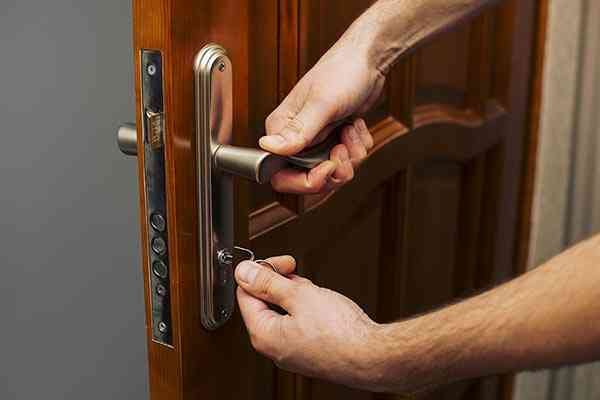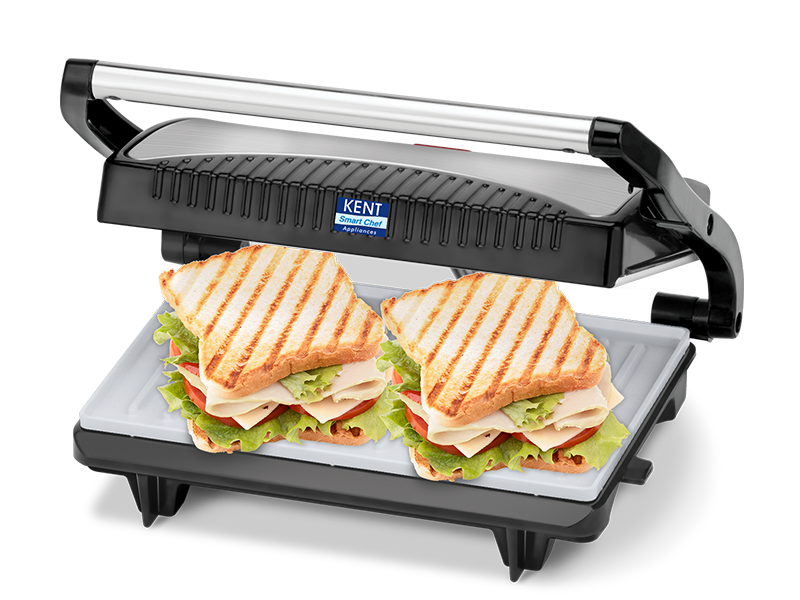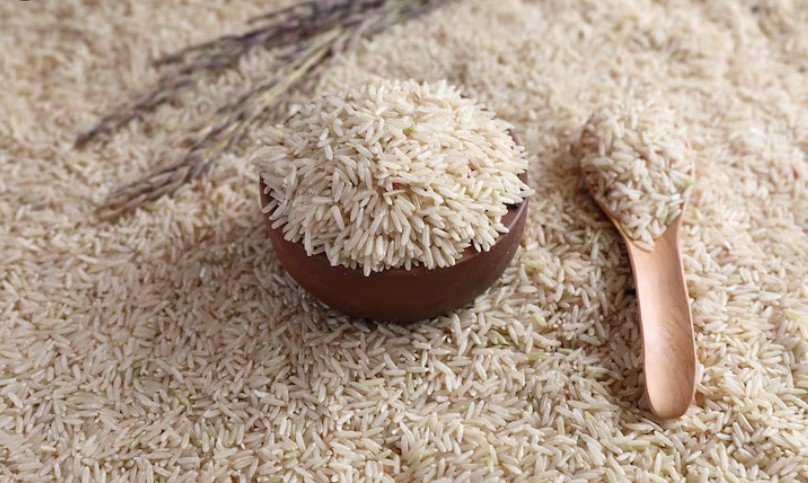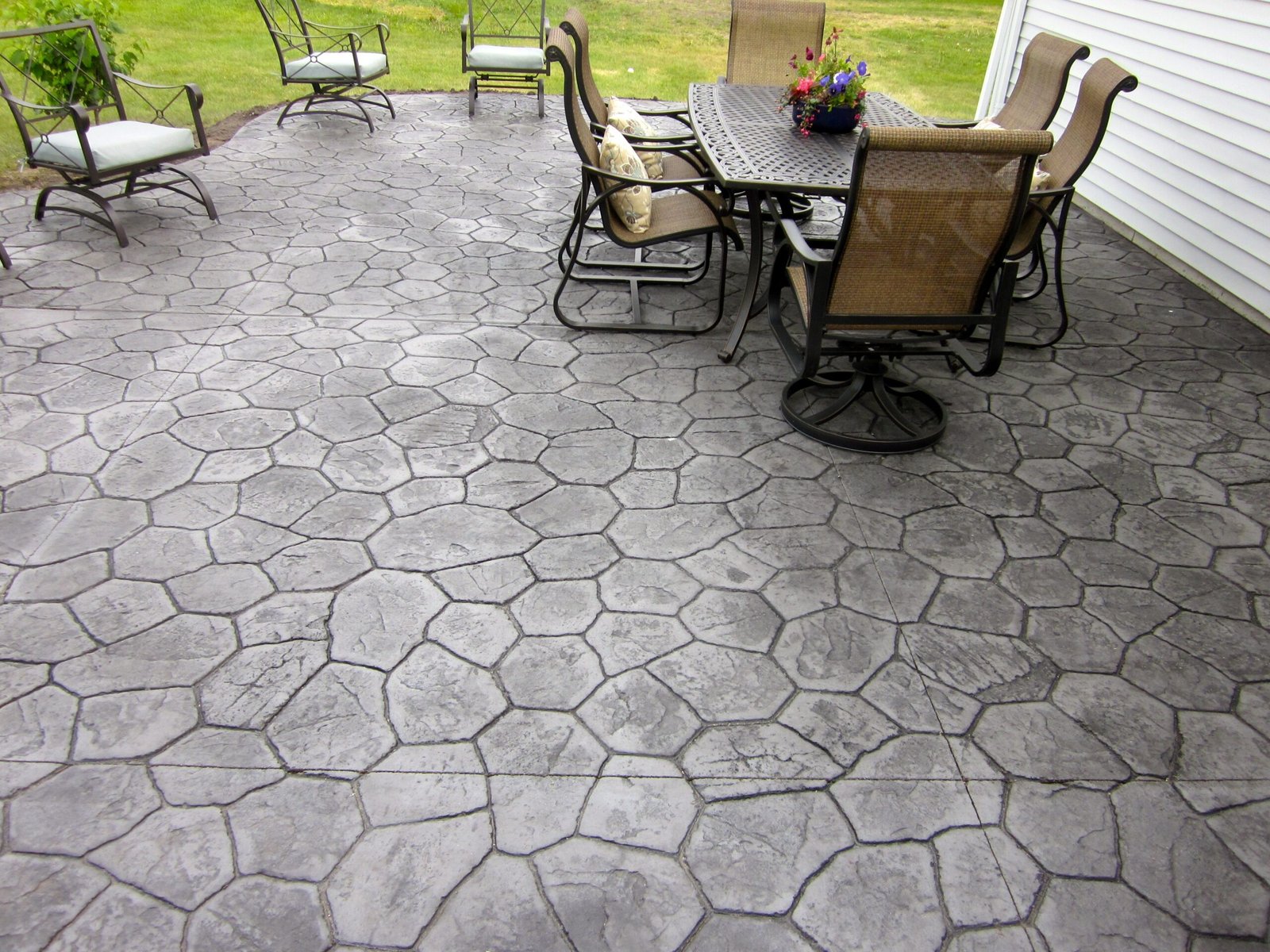Fuel may be the lifeblood of any combustion engine, but it’s the fuel nozzle that determines how that fuel enters the combustion chamber — and how efficiently it’s burned. Whether you’re dealing with aircraft engines, diesel generators, or industrial burners, the fuel nozzle is a small but powerful component that plays a critical role in performance, efficiency, and emissions control.
Let’s explore what a fuel nozzle is, how it works, and why it’s so essential in modern engine and burner systems.
What Is a Fuel Nozzle?
A fuel nozzle is a device that delivers and atomizes fuel into a combustion system. It’s typically found at the end of a fuel injector or burner where it sprays fuel into the air intake stream or combustion chamber in a fine mist.
The primary goals of a fuel nozzle are to:
- Ensure precise fuel delivery
- Atomize fuel into small droplets
- Control spray pattern and direction
- Promote complete and efficient combustion
Fuel nozzles are found in many applications, including:
- Diesel engines
- Jet turbines
- Gas turbines
- Industrial burners
- Boilers and furnaces
- Agricultural and construction machinery
How Does a Fuel Nozzle Work?
The fuel nozzle’s job is deceptively simple: take pressurized fuel and spray it into a combustion space. But doing it consistently, precisely, and safely under various conditions is what makes it so technically advanced.
Here’s how it generally works:
- Fuel enters the nozzle at high pressure.
- The nozzle constricts and shapes the fuel flow.
- Fuel is atomized into fine droplets as it exits.
- The nozzle’s spray pattern is designed to mix the fuel evenly with air.
Proper atomization and spray geometry are essential for:
- Reducing unburned fuel
- Lowering emissions
- Ensuring smooth combustion
- Preventing fouling and soot build-up
Types of Fuel Nozzles
There are several types of fuel nozzles depending on the system and the fuel being used:
Pressure Atomizing Nozzles
Use fuel pressure to force the liquid through a small orifice, breaking it into tiny droplets.
Air-Assisted Nozzles
Use compressed air along with fuel pressure to improve atomization — ideal for low-pressure fuel systems.
Spill-Return Nozzles
Recycle excess fuel back to the tank, allowing better control over temperature and pressure.
Dual-Fuel Nozzles
Designed to handle two types of fuels (e.g., diesel and gas), often used in marine and industrial settings.
Swirl-Type Nozzles
Create a spinning motion in the fuel to promote finer atomization and a conical spray shape.
Each type of nozzle is selected based on application requirements like fuel type, temperature, pressure, and combustion chamber design.
Why Fuel Nozzles Matter
Despite their small size, fuel nozzles directly affect the efficiency, emissions, and reliability of an engine or burner. A poorly performing nozzle can lead to:
- Incomplete combustion
- Higher fuel consumption
- Excessive smoke or soot
- Engine knock or misfires
- Emissions non-compliance
- Damage to downstream components
In contrast, a well-designed and properly maintained nozzle ensures:
- Optimal fuel-air mixing
- Consistent ignition
- Stable flame patterns
- Lower operating costs
Maintenance and Common Issues
Fuel nozzles operate in harsh environments — high heat, pressure, and contamination. Over time, they can wear out, clog, or lose calibration.
Common issues include:
- Carbon build-up on the tip
- Erosion of the orifice
- Inconsistent spray pattern
- Fuel leakage
- Corrosion or rust
Maintenance tips:
- Use clean, filtered fuel
- Inspect nozzles regularly
- Clean carbon deposits
- Replace worn or damaged nozzles
- Use manufacturer-approved parts
- Check fuel pressure and pump condition
Key Functions of a Fuel Nozzle
A well-designed fuel nozzle does more than just spray fuel — it precisely controls how and where fuel is introduced into a combustion system. Its main functions include:
- Flow Rate Control: Delivers the correct amount of fuel based on operating conditions.
- Spray Pattern Formation: Ensures proper fuel distribution in the combustion chamber.
- Fuel Atomization: Breaks fuel into fine droplets for efficient mixing with air.
- Flame Stability: Supports consistent and controlled combustion.
- Minimizing Emissions: Helps reduce unburned fuel, soot, and NOx.
Advanced Fuel Nozzle Features
Depending on the system and application, fuel nozzles can include the following advanced design features:
- Multi-orifice Designs: Multiple holes for even distribution in large combustion chambers.
- Swirl Chambers: Imparts rotation to the fuel, forming a hollow cone spray.
- Air Blast or Twin Fluid Systems: Introduces air to aid in atomization at lower pressures.
- Pintle Tips: Provide fine metering and control, used in automotive and aircraft fuel systems.
- Thermal Protection: Ceramic tips or coatings to withstand extreme heat environments.
Final Thoughts
The fuel nozzle might be just a small component, but its impact is enormous. It plays a critical role in controlling how fuel is delivered, how it’s mixed with air, and how it ultimately burns inside an engine or furnace.












Leave a Reply